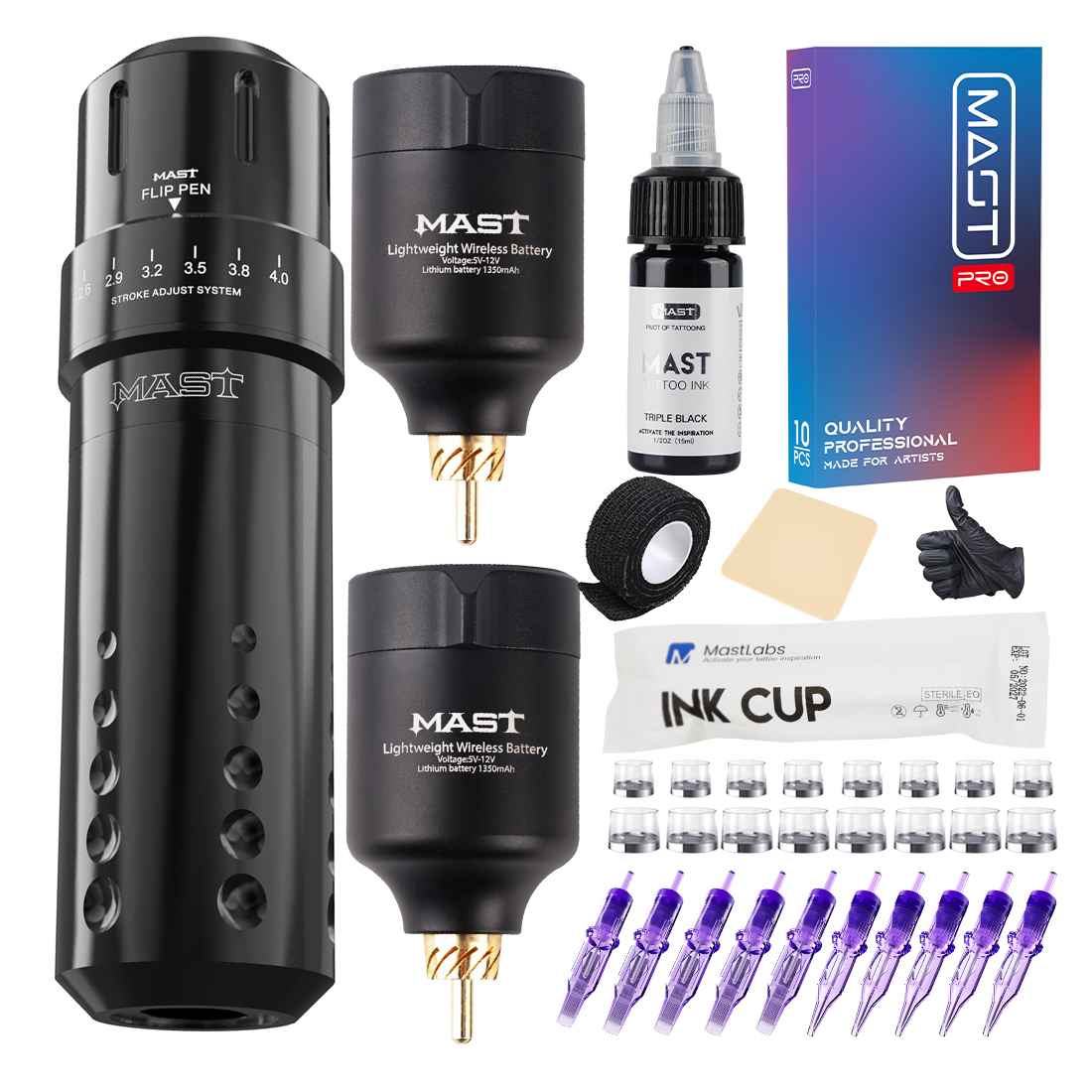A common question being asked lately, “Why do tattoo artists practice on oranges?”
Tattoo artists often practice their craft on oranges because the fruit provides a similar consistency to human skin.
The thin layer of skin on an orange is also ideal for practicing tattooing techniques, as it allows the artist to see how the needle penetrates and affects the flesh beneath.
In addition, oranges are readily available and relatively cheap, which makes them a convenient target for tattoo artists who are just starting out or those who want to try new techniques.
Plus, when you’re done practicing, you can always eat the orange! Lols. Don’t do that. Just kidding.
Are oranges good to practice tattooing on?
Whether you’re a beginner tattoo artist or a seasoned pro, you’ve probably heard that oranges are a great fruit to use for practicing your tattooing techniques. But why is this?
Oranges are the perfect size and shape for practicing tattoos. They’re also easy to find and relatively cheap. Plus, their skin is similar to human skin in terms of thickness and texture.
That said, there are a few things to keep in mind when using oranges for practice.
:- For one, they can bruise easily, so be careful not to apply too much pressure.
:- Second, their skin can dry out quickly, so it’s important to keep them moistened with water or lotion.
Overall, though, oranges are an excellent choice for practicing your tattooing skills.
Also read: How can I practice tattooing lines?
What is the best fruit to practice tattooing on?
When it comes to finding the best fruit to practice tattooing on, there are a few factors to consider.
:- The first is the thickness of the skin. You want a fruit with skin that is thick enough to provide a stable canvas, but not so thick that the needle has trouble penetrating it.
:- The second is the size of the fruit. You want something that is large enough to give you plenty of space to work, but not so large that it’s unwieldy.
:- And finally, you want a fruit with a smooth surface. This will make it easier to get a clean line and prevent the needle from catching on any bumps or ridges.
With all of that in mind, we think the best fruit for practicing tattooing is an orange.
It has thick enough skin to provide a stable surface, but it’s still relatively easy for the needle to penetrate.
Can you practice tattooing on a banana?
You can, but it’s not recommended.
Bananas have a thin skin that doesn’t provide much resistance to the needle, so you won’t get the same feel for tattooing as you would on human skin.
The fruit also rots quickly, so you’ll need to use a fresh banana for each session.
If you’re determined to practice on a banana, make sure to sterilize your needles and equipment before starting.
You should also wear gloves to protect your hands from the fruit’s enzymes.
And be sure to dispose of the banana properly when you’re done – no one wants to find a rotting tattooed fruit in their garbage can!
Also read: How to practice tattooing without a machine
Can you eat an orange after you tattoo it?
If you’re considering eating an orange after tattooing it, you may want to think twice.
While there’s no evidence that eating a tattooed orange will cause any harm to you, it’s always best to err on the side of caution.
Bottom line: If you’re unsure, it’s probably best to avoid eating an orange (or any fruit) after you tattoo it. Better safe than sorry!
Can you practice stick and poke on an orange?
Most people think of needles and sterile environments when they think of tattoos.
However, the recent trend of stick and poke tattoos has people questioning if it’s safe to do at home. Can you practice stick and poke on an orange?
The answer is yes, you can practice stick and poke on an orange.
The key to doing it safely is to make sure the fruit is clean and dry.
You’ll also need to sterilize the needle by boiling it in water for at least five minutes.
Once the needle is cooled, you can start poking the Orange.
Remember to go slowly and be gentle.
The skin on an orange is much thinner than human skin, so you don’t want to accidentally puncture through it.
This is the same issue with tattooing on paper.
After you’re done poking, wash the area with soap and water.
Can you eat the fruit you tattoo?
If you’re thinking about practicing tattooing on your favorite fruit, you may be wondering if you can still eat the fruit afterwards.
While there’s no definitive answer, it’s generally not recommended to tattoo a fruit that you plan on eating.
The reason for this is that the ink used in tattoos can contain harmful chemicals and metals, which can be absorbed into the fruit through its skin.
When these substances enter the bloodstream, they can potentially cause health problems.
So, if you’re considering tattooing a piece of fruit, it’s probably best to discard it afterwards.
Conclusion
Why do tattoo artists practice on oranges? Here are the few reasons we’ve discussed;
First, the skin on an orange is similar to human skin in terms of thickness.
Second, oranges are easy to come by and are relatively cheap.
And third, the peel of an orange can be used to create different shades of ink.
So if you’re thinking about getting a tattoo, you might want to consider practicing on an orange first.






